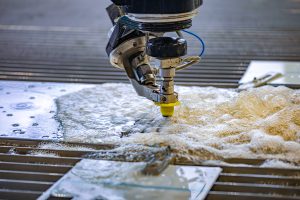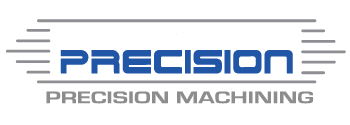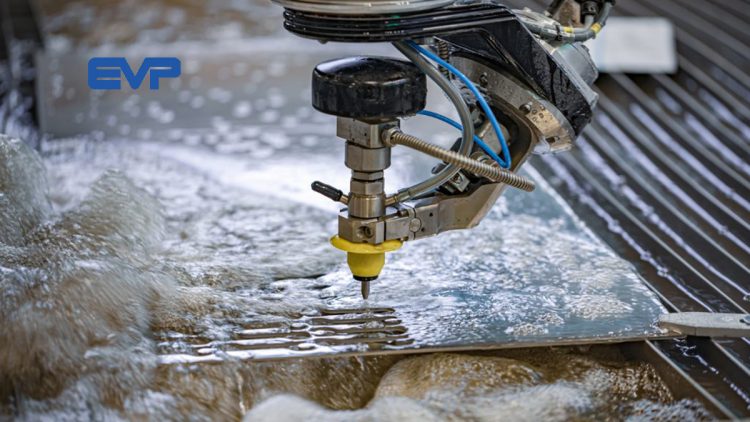If you are searching for “waterjet cutting services” or “waterjet cutting services near me” in Phoenix, Arizona, then East Valley Precision is here to help!
Waterjet Cutting Services
We over 40 years of industry experience, East Valley Precision offers the best waterjet cutting services in the state of Arizona. EVP currently offers precision water jet cutting for all types of industries, including aerospace, architecture and more! The new OMAX 55100 waterjet cutting machine can cut any material with accuracy and repeatability. Check out East Valley Precision’s waterjet services right here.
Put simply, a water jet is an industrial tool that is used to cut various materials by high-pressured jets of water. Whenever you see something referred to as water-only cutting, this means waterjet cutting without the use of abrasives. Water-only cutting is generally only used for softer materials, such as wood or rubber.
There are numerous benefits of utilizing waterjet cutting for your needs. Compared to every other abrasive waterjet cutting machine in the industry, waterjet cutting is the fastest and most precise. These machines offer an accurate and robust design for consistent and reliable operation each and every time. Waterjet cutters can handle a large variety of materials, varying in thickness. Metals, composites, plastics and glass can all be cut by waterjets.
How Does Waterjet Cutting Work?
Water jet cutting begins with the intensifier pump creating high pressure water (up to 90,000psi) needed for cutting harder materials like metal. The pump utilizes a hydraulic pressure over water system. A large motor drives the pump, creating pressure which powers the piston into a cylinder.
- Water input. The low pressure water input pulls water through a high pressure tube.
- Boost pump. Pumps the water.
- Inlet filter. The water is forced through the inlet water filter.
- Inlet check valves. Then the water is forced through the inlet check valves into the intensifier.
- Pressure. The hydraulic pump pressurizes the fluid and switches between the 2 sides of the piston. The pressure is created with the hydraulic piston which also creates pressure on the water in the intensifier. The pressure is maximized by the larger cylinder pushing a small piston into a water filled cylinder.
- Accumulator. Then the high pressured water flows into the accumulator. The accumulator smoothes out any pressure ripples.
- Cutting head. The water then flows through the high pressure tubing into the cutting head. The off valve controls the flow of water in the cutting head. This allows the CNC machine to stop and start the process at the right time.
- Orifice. The pressurized water is applied to an orifice (defines & creates water streams used to cut through material). The water is mixed with abrasive as it exits the orifice for cutting harder materials.
- Abrasive. The garnet abrasive is mixed with the water inside the mixing chamber. The flow of abrasive can be controlled by using the abrasive metering system. When cutting hard material the abrasive is what actually does the cutting.
Learn more about the water jet cutting process.



